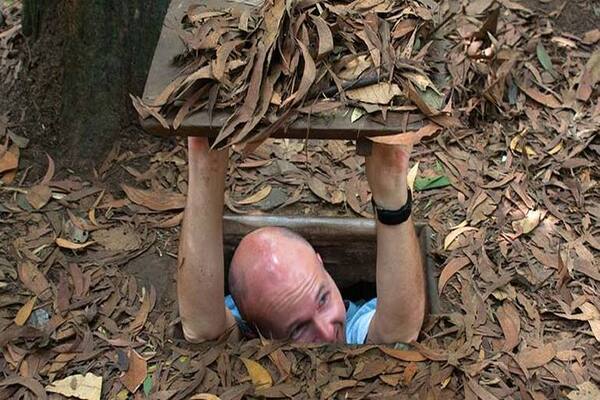Riding the rails through picture-perfect views of rice paddies. Enjoying the smoky flavour of hot street food. Getting that custom outfit on order. When planning a vacation to Southeast Asia, you may be wondering, “Where do I even begin with Vietnam and Cambodia?” The place we are at the moment. They are convenient to get to and inside, and now is as good a time as any to go. Check out the required, suggested, and unexpected attractions below:

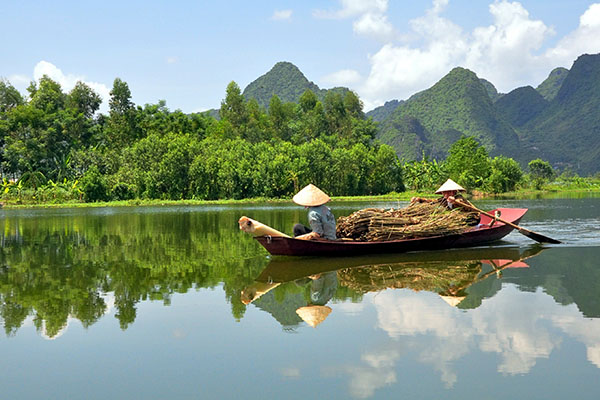
- Take in the morning light at Angkor Wat.
The first thing you’ll notice in Siem Reap is the avian cacophony. And then the night sky brightens, casting a silhouette of the Angkor Wat stupas across the horizon. The sun finally rises, the day heats up, butterflies flitter around, and you forget all about getting up at 4:30 in the morning. An ancient metropolis about twice the size of contemporary Edinburgh, Angkor Wat is now a protected forest park and is as old as the major cathedrals of Europe. It’s recommended to spend at least two days here, and on both days, you should get up early. Gather with the first-day crowd at the West Gate for the unforgettable silhouette on day one. The next morning, visit the East Gate to see the sun illuminate the temples. For a wonderful quarter of an hour, you’ll have the whole place to yourself.
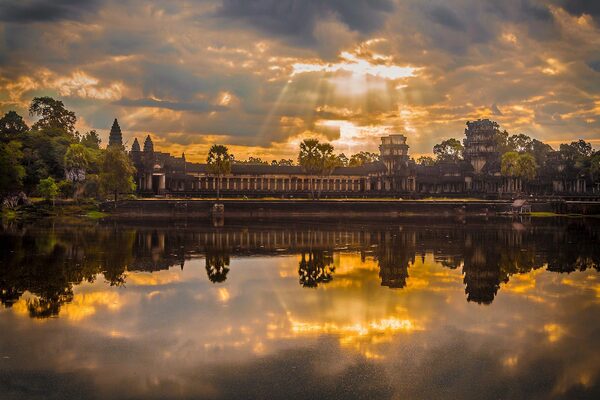
- Go to the Dangrek Mountains and see the Preah Vihear Temple
You have to make a lengthy, hair-raising ascent to get to the old temple gates of Preah Vihear. Nonetheless, it’s well worth the effort to reach the massive structure with its soaring winged walls, balustered windows, and narrow halls filled with sculptures of gods and warriors. It’s the Khmer Empire’s tallest shrine, perched above the Dangrek Mountains in northern Cambodia. Preah Vihear Temple, which is on the Cambodian side of the border with Thailand, was inaccessible for a long time because of a disagreement about who should pay for its upkeep. Now that the problem has been solved, you may leisurely explore the area’s historic temples and take in the haunting vistas of the lowland jungles of Cambodia without worry. To enter these far-flung border regions, you need to have your passport with you.
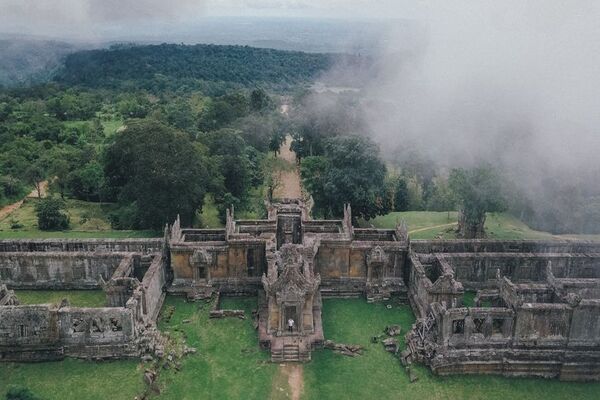
- Spend time lazing on the beach
There are beaches in Cambodia, both on the mainland in Sihanoukville and on a handful of tiny islands only a few kilometers off the coast. In contrast to the concrete jungles of neighboring Thailand and Bali, the beaches here are vacant but for a few resorts, and there is almost no crime on the islands, so you may explore at your leisure. Why not go on a boat and head out to a reef where you can swim with some languid turtles and some scurrying fish? Take a stroll through the woods in the afternoon to see a fishing town where residents worship in a wooden temple and their homes are built on stilts above the sea. If you tire of lying on the beach, you may spend your time looking for hornbills and monkeys in the trees or reading a book in your hammock.
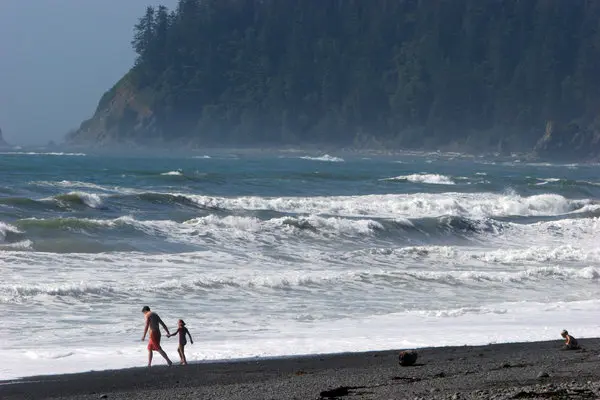
- Go to the Choeung Ek Killing Fields
A Buddhist pagoda in Khmer architecture rises as a solemn monument in the middle of the Killing Fields. It is eerily quiet inside, and you’ll see rows and rows of human skulls as a reminder of the unfathomable tragedy of the Cambodian genocide that occurred between 1975 and 1979. The grounds in the Choeung Ek camp have been turned into memorial gardens, and the camp itself is quite small. You can tell these deep, overgrown trenches used to be mass graves because of the markers erected around them. Almost no one can stand to see you, yet you need to see them anyhow. Although the associated audio tour is informative, some people feel threatened by its threat to their livelihood. Instead, you might think about hiring a guide for the day.
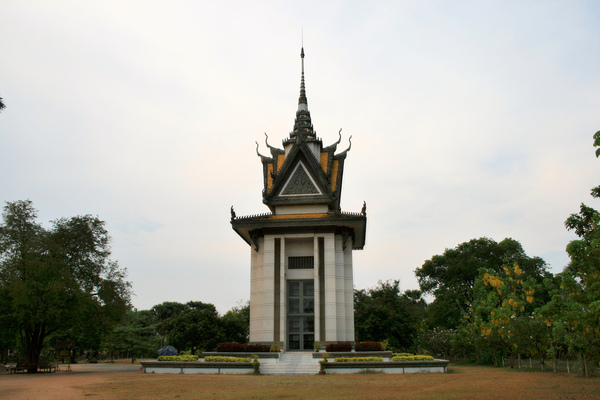
- Go on a shopping spree at Hanoi’s tailor shops
For the price of a full dish at a Michelin-starred restaurant, you can receive a runway-ready outfit made in Vietnam. Whole streets in Hanoi are lined with tailors, some of better quality than others. Seek for boutiques that use expert tailors if you want the finest results (the others send your measurements out to factories). You need to be able to watch them doing their magic with scissors and needles. Most will have a stack of old fashion magazines for you to examine, but if you don’t want to end up looking like a background actor in an episode of Dynasty, it’s advisable to have a picture or two of what you have in mind.

- Get about Ho Chi Minh City quickly on a scooter
The best way to blend in and explore the attractions in Ho Chi Minh City is on a scooter tour, which allows you to travel quickly and cover a lot of ground. You could rent one for a day at a reasonable cost, but the traffic is dangerous, so it’s best to go with a guided group. You’ll finish up with a mess in your hair, but the experience will be unforgettable. Seeking a more leisurely tempo? Ride your bicycle to one of the country’s breathtaking national parks.
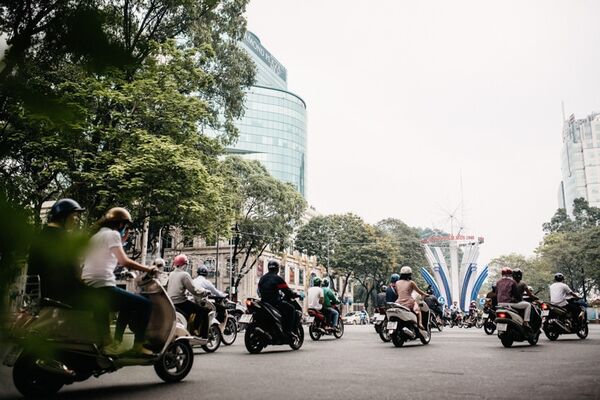
- You can go from Hanoi to Ho Chi Minh City by using a train.
There’s no better way to see the length of Vietnam than from a carriage on the Reunification Express. Although the train isn’t quite a Pullman, passengers shouldn’t worry too much about their comfort. It rumbles over iron bridges and saunters into stations, passing swathed monks on their way to the temple, a humming produce market, and a swarm of students streaming out of class like a flock of industrious starlings. If you decide to make the journey from Hanoi to Ho Chi Minh City, you’ll travel almost 1,700 kilometers (km) on your way via the historic city of Hue, the rugged Annamite Mountains, and the fertile plains of southern Vietnam.
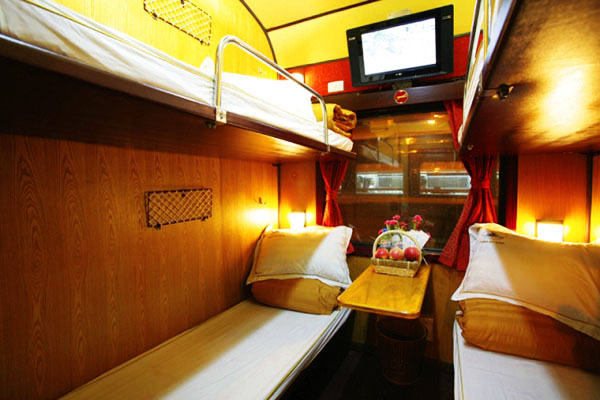
- Cram inside Ho Chi Minh City’s Cu Chi Tunnels
You tuck your knees up to your chin and squeeze down the manhole into the pitch-black trench, vanishing from sight and traveling through time. During the “American War,” the revolutionary army of Vietnam, the Viet Cong, hid their homes, supply depots, landmine factories, and even hospitals in an underground network of tunnels that spans 250 kilometers (about 160 miles) in length. The swarming bats create an oppressive atmosphere, and the thick, stale air brings home the tragedy of the Vietnam War.
